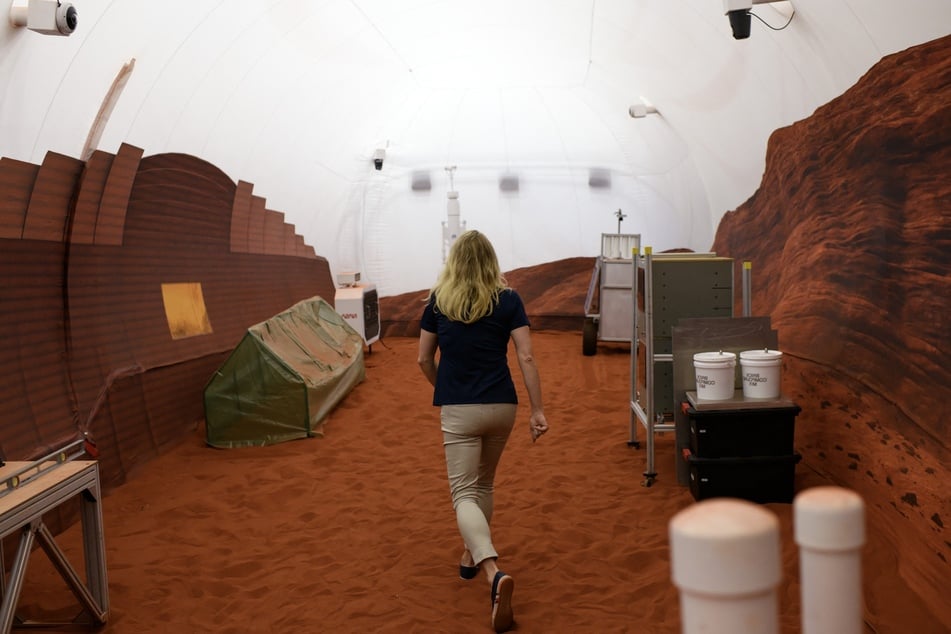One-year NASA Mars simulation project comes to an end
Houston, Texas - The first of several NASA missions aimed at simulating stays on Mars came to an end in Houston, Texas on Saturday after four volunteers left the NASA-built Mars habitat after more than a year.

The two women and two men had spent the last 378 days inside Mars Dune Alpha, a 160-square-meter habitat at Johnson Space Center in Houston designed to mimic conditions on the Red Planet.
The mission was the first of a series dubbed Crew Health and Performance Exploration Analog (CHAPEA) that "gives us an opportunity to learn all these critical things about these complex systems and it's going to make going to Mars and back a lot safer," NASA Director of Engineering Julie Kramer said.
Further CHAPEA missions are planned in 2025 and 2027, she said.
Mars Dune Alpha was created using a 3D printer. When exiting the habitat after more than a year on Saturday, the four CHAPEA volunteers, who had not been allowed to leave the isolated, windowless facility during their stay, were visibly emotional.
"We can do these things together," crew member Ross Brockwell said.
"We can use our senses of wonder and purpose to achieve peace and prosperity and to unlock knowledge and joy for the benefit of everyone in every part of planet Earth."
Participating in the simulated Mars mission had been "a wonderful experience," he said.
"And I really hope this helps us get that much closer to the reality of putting boots on Mars."
During their stay, the crew went on "multiple simulated 'Marswalks,' grew and harvested several salad crops to occasionally supplement their shelf-stable food, and took part in habitat and equipment maintenance," NASA said.
Cover photo: Mark Felix / AFP